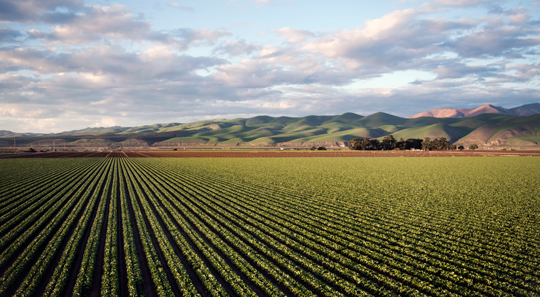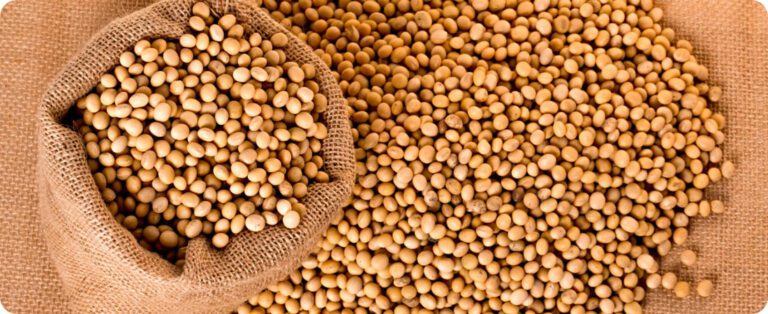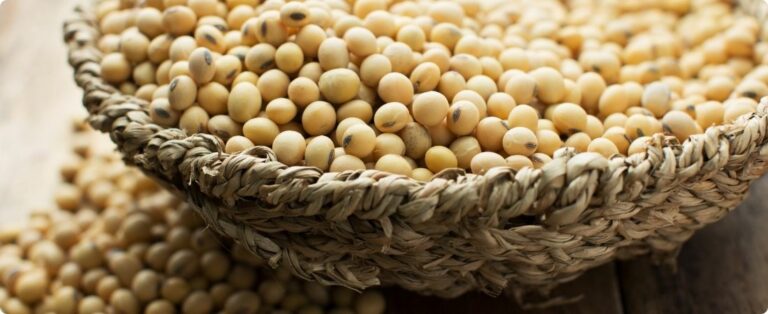
Image: Pixabay
Rio Grande do Sul had the biggest decline in all of Brazil.
In 2020, the first year of the Covid-19 pandemic, Brazil's Gross Domestic Product (GDP, sum of goods and services produced in the country) reached R$ 7.6 trillion, a decrease of 3.3%. There were drops in GDP in 24 of the 27 units of the Federation, stability in the state of Mato Grosso and positive variations in Mato Grosso do Sul (0.2%) and Roraima (0.1%). The information is contained in the 2020 Regional Accounts, prepared by the Brazilian Institute of Geography and Statistics (IBGE) in partnership with state statistics bodies, state government departments and the Manaus Free Trade Zone Superintendency (Suframa).
Rio Grande do Sul had the biggest drop in volume (-7.2%), followed by Ceará (-5.7%), Rio Grande do Norte (-5%), Espírito Santo (-4.4%), Rondônia (-4 .4%) and Bahia (-4.4%). The other declines were in Alagoas (-4.2%), Acre (-4.2%), Pernambuco (-4.1%%), Paraíba (-4%), Piauí (-3.5%) and São Paulo (-3.5%) .
According to IBGE, in Rio Grande do Sul, the result was caused by agriculture, which was impacted by the drought in 2020, and by the processing industries, due to the leather preparation segment. In the Southeast, the volume of GDP was equal to the national figure (-3.3%), with a more pronounced retraction in Espírito Santo (-4.4%), followed by São Paulo (-3.5%), Minas Gerais (-3%) and Rio de Janeiro (-2.9%). The South Region had the biggest drop in GDP volume (-4.2%), between 2019 and 2020, mainly due to the performance of Rio Grande do Sul (-7.2%). The Central-West was the region with the smallest drop in volume (-1.3%), influenced by Mato Grosso do Sul (0.2%), and Mato Grosso, which remained stable.
{module Form RD}
Among the other states in the region, Minas Gerais had a gain of 0.2 percentage points due to coffee cultivation, and Espírito Santo lost 0.1 percentage points, also affected by extractive industries. “In the Southeast, São Paulo, Rio de Janeiro and Espírito Santo lost participation. Espírito Santo lost because oil prices fell and its ore production has not yet recovered after the accident in Brumadinho (MG), whose production was pelletized and transported by Espírito Santo. The positive performance of coffee did not compensate for the losses in other sectors of the Espírito Santo economy”, stated Alessandra.
Source: Tomorrow Magazine | agrolink















